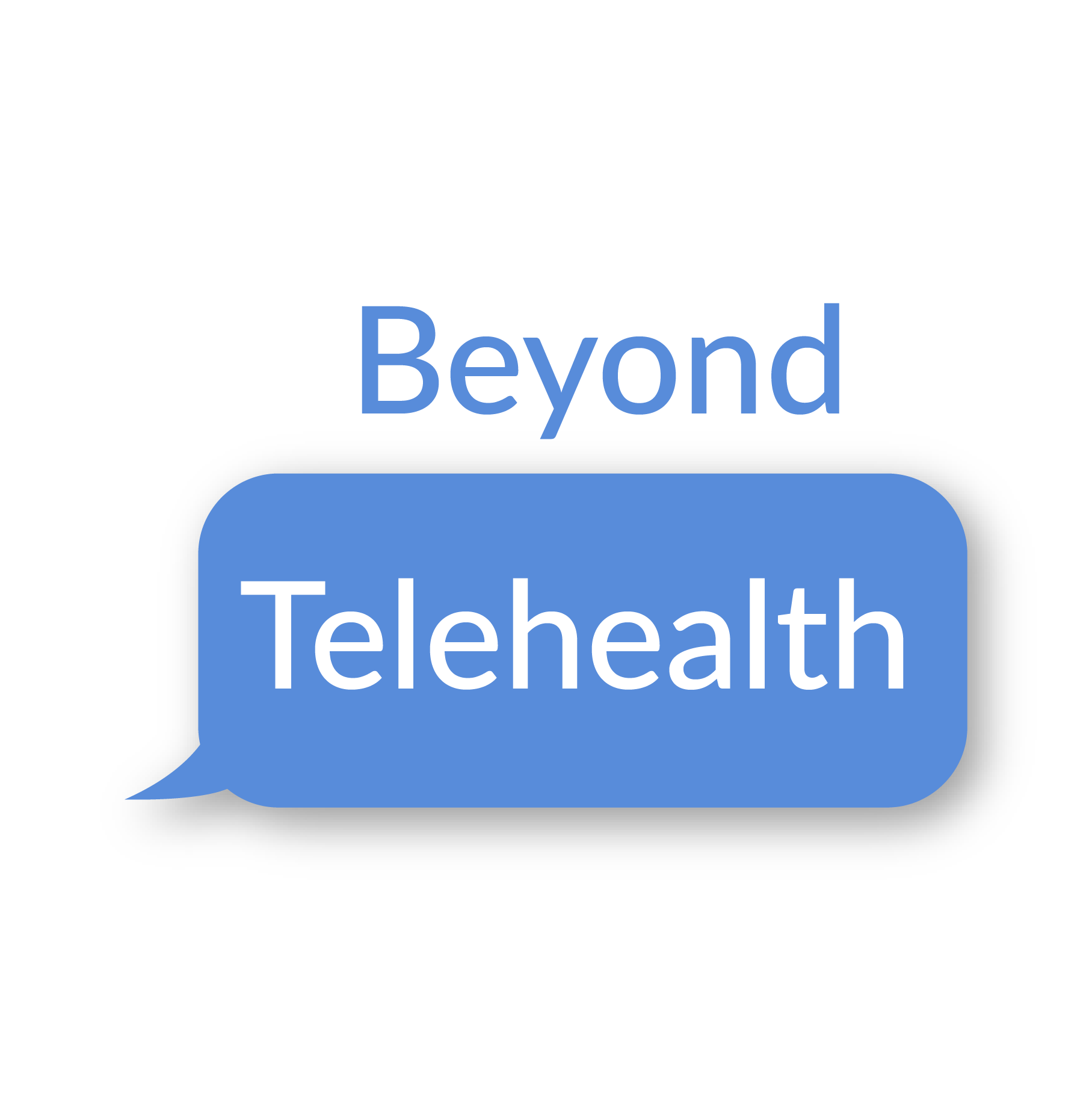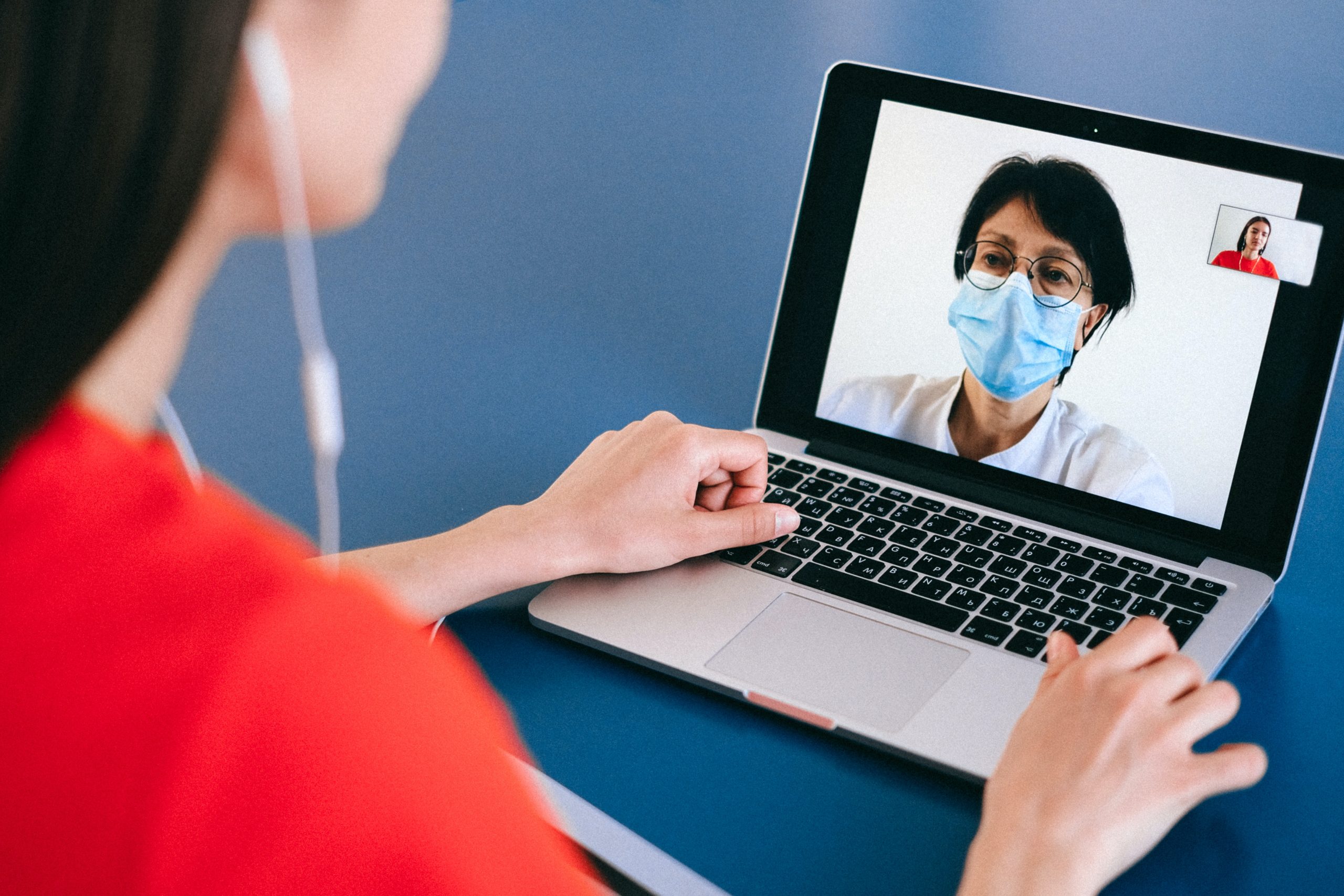- Make Your Appointment Call From an Appropriate Physical Location
Remember that during a Telehealth visit you may be speaking about sensitive and private information. To best prepare for a telehealth call, select a confidential, secure spot to not only avoid noise interference but also unwanted eavesdropping. Do not call while driving! Just as texting while driving is dangerous, conducting a telehealth visit while driving is very dangerous. Reception or connectivity may be poor if you are moving. A clinician cannot conduct a virtual physical examination with a patient in the car.
- Check Your Technology Well Before the Call
Just like preparing for a virtual meeting on zoom, check lighting, Wi-Fi connectivity, and audio/video connection. A provider may ask you to download an app to complete the visit, and Beyond Telehealth recommend doing so ahead of time to ensure promptness. Consider a practice call, if possible, especially if it is your first video visit.
- Get Your Medical History Ready
If you do not know your current medications or unable to have the medications on hand, we advise taking pictures of any bottles, and making a list. It may be helpful to take a picture of your health condition, such as a wound, a rash, a cut or a bite. Beyond Telehealth advises sending an image ahead of your visit. Many telehealth apps allow the patient to upload these images securely prior to connecting with a clinician. If available, we strongly recommend entering preferred pharmacy information in a patient portal. Paying close attention to these details often solves many issues and ensures a smoother visit.
- Vital Signs
It is very helpful to have information on your vital signs ready and available to share with your telehealth provider. If there is access to instruments such as a thermometer, a scale, a smart watch, a blood pressure cuff, a glucometer, or a pulse oximeter, Beyond Telehealth encourages patients to obtain as much information as possible prior to the tele-visit. Often, this information can be provided to a nurse who will alert the clinician prior to joining the call, just like an in-person appointment. If there are any discrepancies, the clinician or nurse is able to observe how the patient checks their vital signs, and can ensure proper procedure for measurement.
- Prepare to be Examined
During a visit, the clinician may involve the patient in a physical examination. Attend the tele-visit from a comfortable open area in which you have full mobility. Consider choice of clothing to show the affected area. Become acquainted with your phone or laptop so the camera can allow your clinician the best possible view.
- Prepare Questions for the Provider Ahead of Time
Be mindful that as you first connect, the clinician must confirm your name and date of birth. Following confirmation of identity, be prepared to describe the reason for your virtual visit. It is helpful for the patient to write down a list of questions prior to the tele-visit. Make sure to understand the clinician’s explanation of your medical condition. If you are comfortable having a family member or guardian present during the duration of your visit, this can be helpful.
- Keep Your Expectations Open
Sometimes the providers can recommend a higher level of care. This means that the patient might be advised to be seen in person. This may be inconvenient for the patient and can be unexpected. Patient safety is first priority. It is the responsibility of the provider to give the best possible care.


Comments are closed